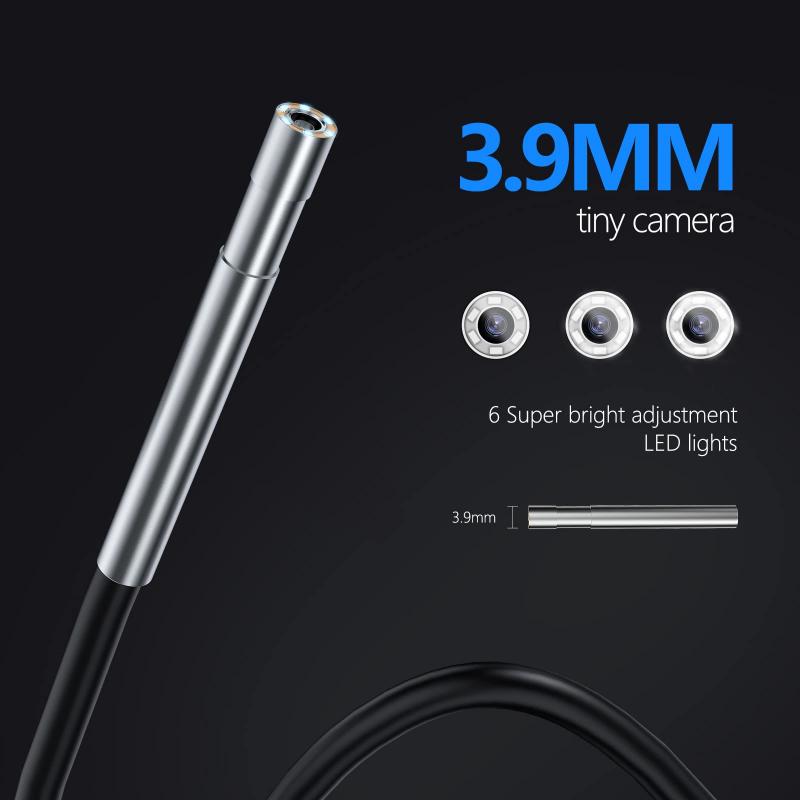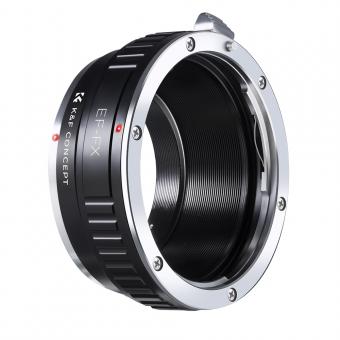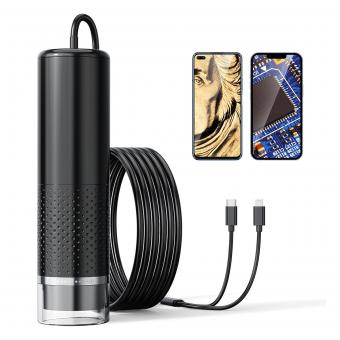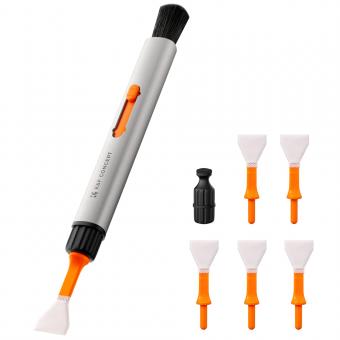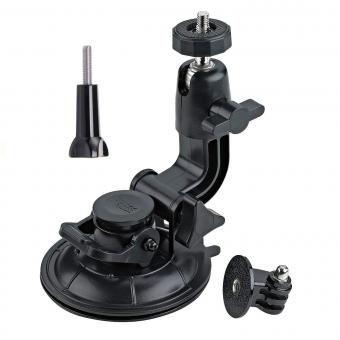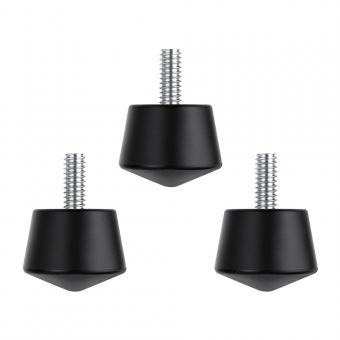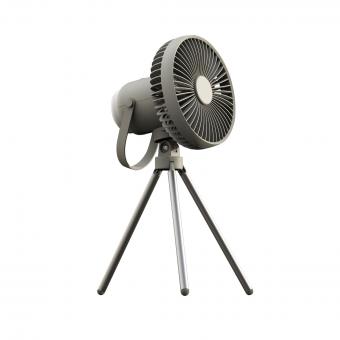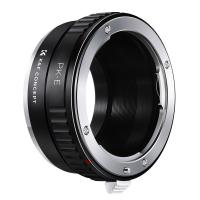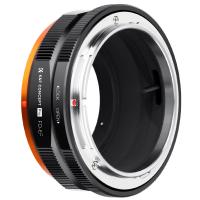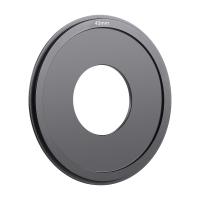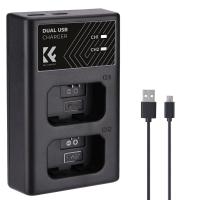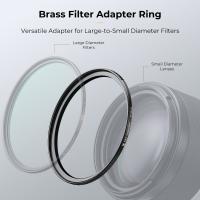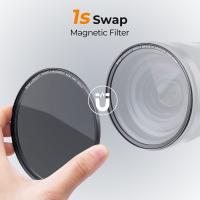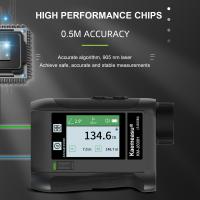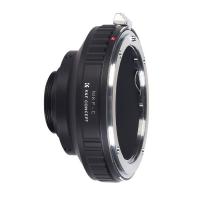What Is An Endoscopy ?
Endoscopy is a medical procedure that involves the use of an endoscope, a flexible tube with a light and camera attached to it. It is used to visualize and examine the internal organs and structures of the body. The endoscope is inserted through a natural body opening or a small incision, allowing the doctor to view the area of interest on a monitor in real-time. Endoscopy can be used to diagnose and treat various conditions, such as gastrointestinal disorders, respiratory issues, and urological problems. It is a minimally invasive technique that offers a less risky and more convenient alternative to traditional open surgery.
1、 Definition and Purpose of Endoscopy in Medical Procedures
An endoscopy is a medical procedure that involves the use of an endoscope, a flexible tube with a light and camera attached to it, to examine and visualize the internal organs and structures of the body. This minimally invasive procedure allows doctors to diagnose and treat various medical conditions without the need for major surgery.
During an endoscopy, the endoscope is inserted through a natural body opening, such as the mouth, anus, or urethra, or through a small incision in the skin. It is then guided through the body to the area of interest, providing real-time images on a monitor for the doctor to evaluate. In some cases, small instruments can be passed through the endoscope to perform biopsies, remove polyps or tumors, or treat certain conditions.
Endoscopy is commonly used to examine the gastrointestinal tract, including the esophagus, stomach, and colon, to diagnose conditions such as ulcers, inflammation, or cancer. It is also used to evaluate the respiratory system, urinary tract, and reproductive organs. Additionally, endoscopy can be used for therapeutic purposes, such as removing gallstones or placing stents to open blocked blood vessels.
The purpose of endoscopy is to provide a non-surgical means of diagnosing and treating various medical conditions. It offers several advantages over traditional surgery, including shorter recovery times, reduced risk of complications, and minimal scarring. Furthermore, endoscopy allows for more accurate and targeted interventions, as the doctor can visualize the affected area directly.
In recent years, advancements in technology have further improved the capabilities of endoscopy. High-definition cameras and advanced imaging techniques provide clearer and more detailed images, enhancing the accuracy of diagnoses. Additionally, the development of robotic-assisted endoscopy has allowed for greater precision and control during procedures.
Overall, endoscopy plays a crucial role in modern medicine, enabling doctors to diagnose and treat a wide range of conditions in a minimally invasive manner. Its continued advancements promise even greater benefits for patients in the future.
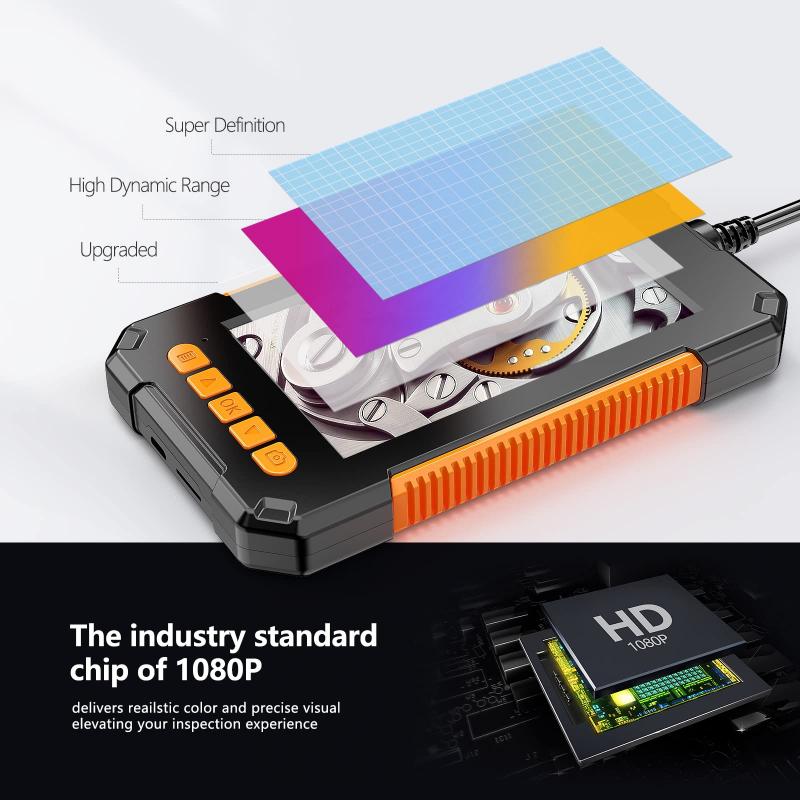
2、 Types of Endoscopy Techniques and Equipment Used
An endoscopy is a medical procedure that involves the use of an endoscope, a flexible tube with a light and camera attached to it, to examine the inside of the body. It allows doctors to visualize and diagnose various conditions by providing a clear view of the internal organs and structures.
There are several types of endoscopy techniques and equipment used, depending on the area of the body being examined. One common type is upper gastrointestinal endoscopy, also known as esophagogastroduodenoscopy (EGD), which is used to examine the esophagus, stomach, and upper part of the small intestine. This procedure is often used to diagnose conditions such as ulcers, inflammation, and tumors.
Another type is colonoscopy, which is used to examine the large intestine and rectum. It is commonly performed to screen for colorectal cancer and detect polyps or other abnormalities.
Other types of endoscopy include bronchoscopy (used to examine the airways and lungs), cystoscopy (used to examine the bladder), and hysteroscopy (used to examine the uterus).
Advancements in technology have led to the development of more advanced endoscopic equipment. For example, high-definition cameras provide clearer and more detailed images, allowing for better visualization of abnormalities. Additionally, there are now endoscopes with built-in tools, such as biopsy forceps or cautery devices, which allow for simultaneous diagnosis and treatment during the procedure.
In recent years, there has been a growing interest in minimally invasive endoscopic procedures. These techniques aim to replace traditional surgical procedures with less invasive alternatives, reducing patient discomfort and recovery time. Examples include endoscopic mucosal resection (EMR) for the removal of certain gastrointestinal tumors and endoscopic submucosal dissection (ESD) for the treatment of early-stage cancers.
Overall, endoscopy plays a crucial role in diagnosing and treating various medical conditions. With ongoing advancements in technology and techniques, it continues to evolve, providing safer and more effective options for patients.
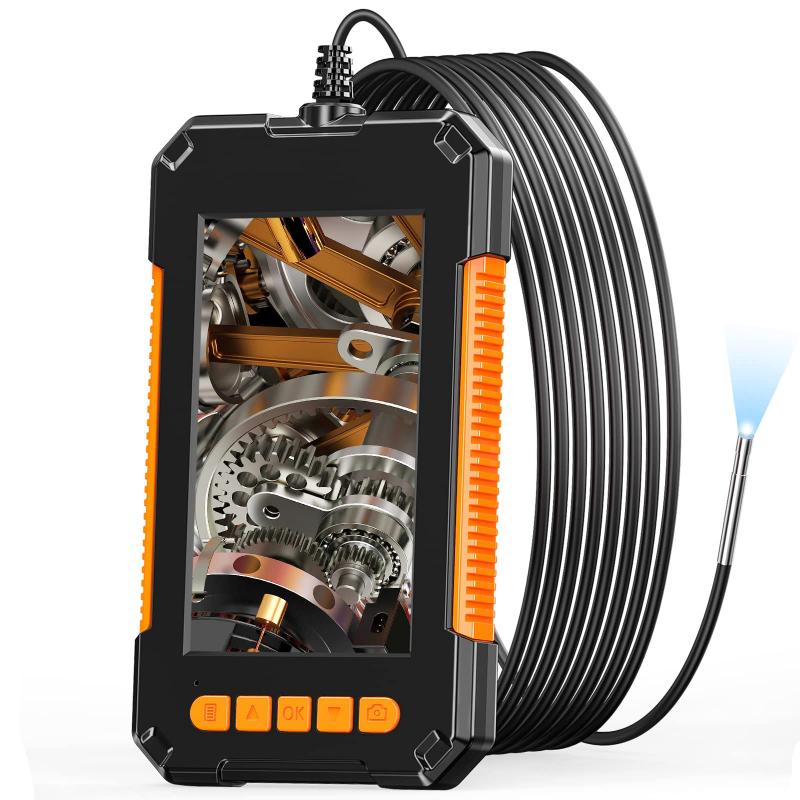
3、 Indications and Applications of Endoscopy in Diagnosis and Treatment
An endoscopy is a medical procedure that involves the use of an endoscope, a flexible tube with a light and camera attached to it, to examine the inside of the body. It is commonly used to diagnose and treat various medical conditions in different parts of the body, including the digestive system, respiratory system, urinary system, and reproductive system.
The main purpose of an endoscopy is to visualize and evaluate the internal organs and tissues for abnormalities, such as inflammation, ulcers, tumors, or bleeding. It allows doctors to obtain real-time images and videos of the affected area, which can help in making an accurate diagnosis. In addition to diagnosis, endoscopy can also be used for therapeutic purposes, such as removing polyps or tumors, stopping bleeding, dilating strictures, or placing stents.
The indications and applications of endoscopy have expanded over the years, thanks to advancements in technology and techniques. For example, in gastroenterology, endoscopy has become an essential tool for screening and surveillance of gastrointestinal cancers, as well as for the management of conditions like gastroesophageal reflux disease (GERD) and inflammatory bowel disease (IBD). In pulmonology, bronchoscopy, a type of endoscopy, is used for diagnosing and treating lung diseases, including lung cancer.
Moreover, endoscopy has also found its utility in other specialties, such as gynecology, urology, and otolaryngology. In gynecology, hysteroscopy is used to examine the uterus and diagnose conditions like fibroids or polyps. In urology, cystoscopy is performed to visualize the bladder and urethra for diagnosing and treating urinary tract conditions. In otolaryngology, laryngoscopy and nasopharyngoscopy are used to examine the throat and nasal passages for diagnosing conditions like vocal cord nodules or sinusitis.
In conclusion, endoscopy is a versatile and valuable tool in modern medicine. It allows for non-invasive or minimally invasive examination and treatment of various medical conditions. With ongoing advancements, endoscopy continues to evolve, providing clinicians with improved visualization and therapeutic capabilities, ultimately leading to better patient outcomes.
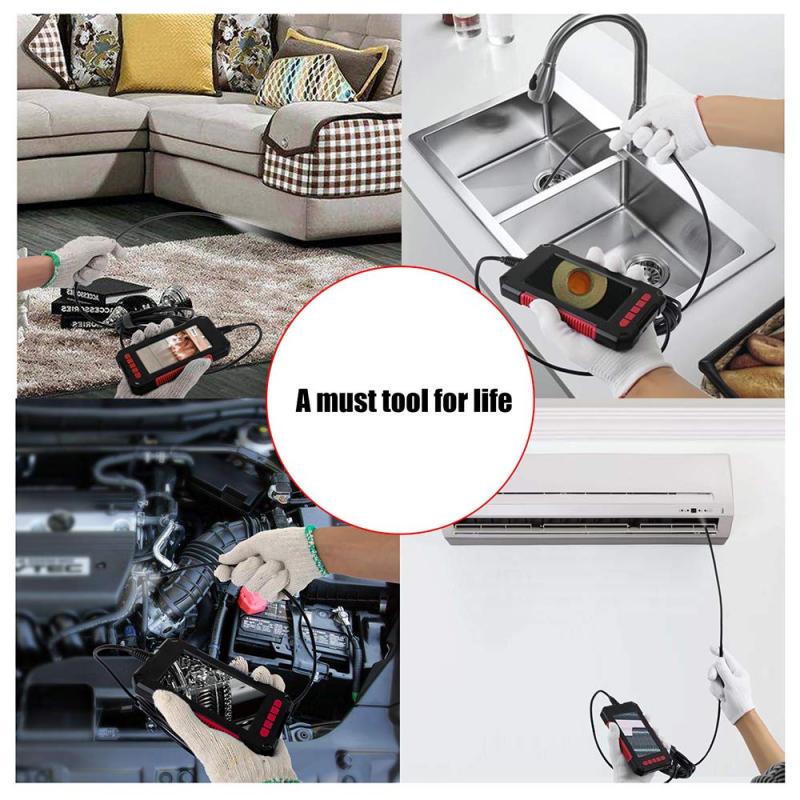
4、 Risks and Complications Associated with Endoscopy Procedures
An endoscopy is a medical procedure that involves the use of an endoscope, a flexible tube with a light and camera attached to it, to examine the inside of the body. It is commonly used to diagnose and treat various conditions affecting the digestive system, respiratory system, urinary system, and reproductive system.
During an endoscopy, the endoscope is inserted through a natural opening in the body, such as the mouth or anus, or through a small incision. The camera on the endoscope allows the doctor to visualize the internal organs and tissues on a monitor in real-time. This enables them to detect abnormalities, take biopsies, remove polyps or tumors, and perform other therapeutic interventions.
While endoscopy is generally considered a safe procedure, there are certain risks and complications associated with it. These can include bleeding, infection, perforation or puncture of the organ being examined, adverse reactions to anesthesia or sedation, and complications related to pre-existing medical conditions. However, the overall risk of experiencing these complications is relatively low.
Advancements in technology and techniques have significantly reduced the risks associated with endoscopy procedures. For instance, the development of high-definition cameras and improved imaging systems has enhanced the accuracy of diagnosis and reduced the need for invasive procedures. Additionally, the use of minimally invasive techniques, such as laparoscopic or robotic-assisted endoscopy, has further minimized the risks and complications.
It is important for patients to discuss any concerns or potential risks with their healthcare provider before undergoing an endoscopy. The doctor will evaluate the patient's medical history, perform necessary tests, and provide appropriate instructions to minimize the risks associated with the procedure.
